An elegant and powerfully-built predator, the African Leopard (Panthera pardus) is the most secretive of the big cat family. Due to their shy and elusive nature, leopards are arguably one of the most exciting animals in the spot while on a safari.
Notorious for being one of the fiercest animals in Africa, the leopard forms part of Africa’s infamous Big Five along with the buffalo, lion, cheetah and elephant.
To help you become more familiar with one of Africa’s most beloved cats, we’ve put together a list of interesting facts about leopards.
If you love learning about animals, don’t forget to read our other Interesting Animal Facts posts on the pangolin and wild dog.
Interesting Facts About the African Leopard
The African leopard is a carnivorous mammal that can weigh between 23-90 kg. The average lifespan of a leopard ranges from 12-17 years.
There is a large variety of colour and patterns on leopards. This usually depends on the geographic location of the animal. Leopards have dark spots called rosettes, which create circular patterns on their light fur. In Southern Africa, the leopard patterns are square-shaped, and in East Africa, the leopard patterns tend to be more circular. The coat colour can differ too, seeing the yellow coat look paler in the desert regions. Black leopards have dark fur which makes them appear to be solid black and are often called black panthers. Black panthers are seen infrequently in parts of Africa.
Leopards are elusive and solitary animals, making them extremely difficult to trace and locate in the wild. Although they are good at hiding themselves, leopards are actually the most widely distributed of the big cats and have an extensive range of habitats, allowing them to survive in various geographic areas. An example of this is the snow leopard that lives in the Himalayan mountains.
African leopards are spectacular hunters and are also very strong swimmers. They can run up to 58 km per hour and are known for their incredible agility and strength to climb trees while dragging up their heavy prey. Leopards drag their prey up trees in order to prevent lions and hyenas from stealing their supper. They have the ability to leap up to 6m horizontally and 3m vertically.
Leopards are carnivorous animals that depend on meat for survival. Leopards survive on a variety of prey such as fish, reptiles, birds, rodents, porcupines, mongoose, baboons, genets and monkeys.
Leopards are predominantly solitary animals that live in vast territories. Leopards mark their territories with urine and leave claw marks on trees to warn others to stay away. While male territories are more substantial than female territories, individuals usually only tolerate intrusion into ranges for mating.
Like pet cats, African leopards make a variety of sounds such as a contented purr or a threatening hiss. Leopards will growl when they are angry and purr when they are content and well-fed.
What is the difference between a Cheetah and a Leopard
Both large, spotted felines and excellent hunters, these two big cats share similarities but do not have many things in common.
At first glance, the cheetah and leopard may appear similar but are very different.
- The cheetah is stylized and slim, while the leopard has a large body with a large, round-shaped head.
- The cheetah also has the characteristic black marks that run from the corner of their eyes to their mouths, while leopards do not.
- One of the easiest ways to spot the difference between cheetahs and leopards is to look at their spots. Leopards have beautiful dark circular patterns on the light fur, while cheetahs have dark, isolated specks on their coat.
Where to View Leopards in Africa
Leopards are shy and secretive, making their sightings on safari a special event. While leopards can be viewed in a myriad of places around Africa, the Sabi Sands region is of particular significance.
Described as the mecca for leopard viewing, Londolozi Private Game Reserve in the Sabi Sands region of the Kruger National Park is well known as a hotspot for leopards. Guides, trackers, researchers and passionate wildlife photographers have flocked to Londolozi to witness magnificent sightings of this big cat.
Find out more about booking a trip to Londolozi Private Game Reserve.
Ready to explore Africa? Contact us to book your dream Big Five safari!

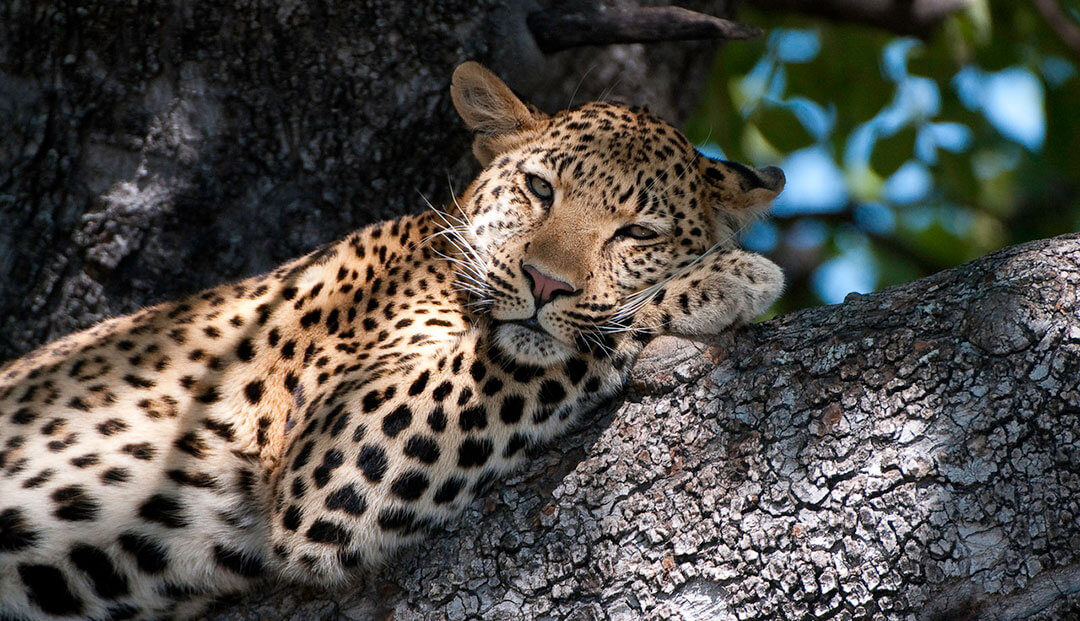
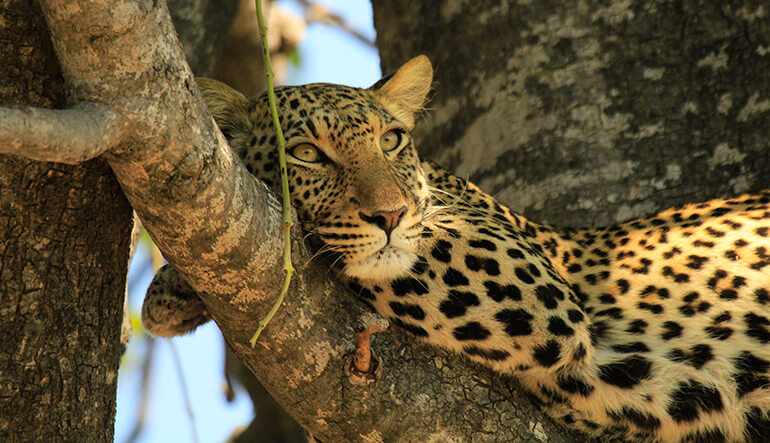
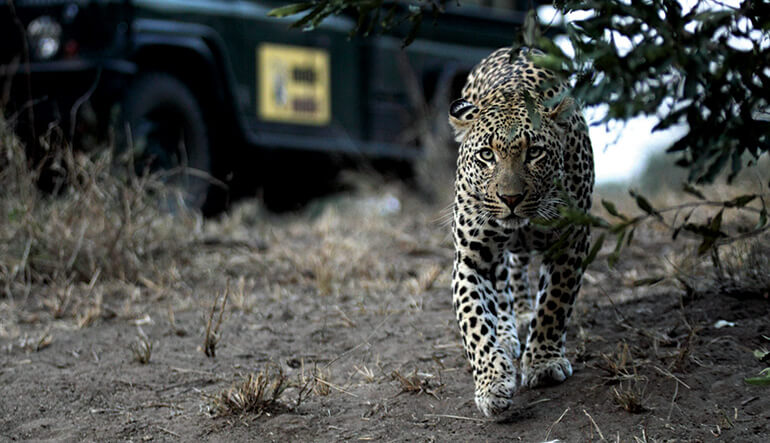

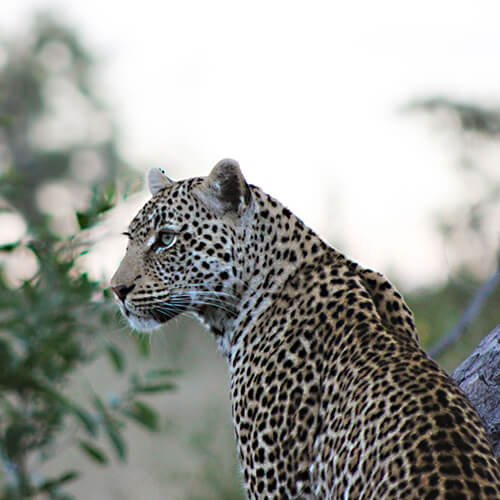
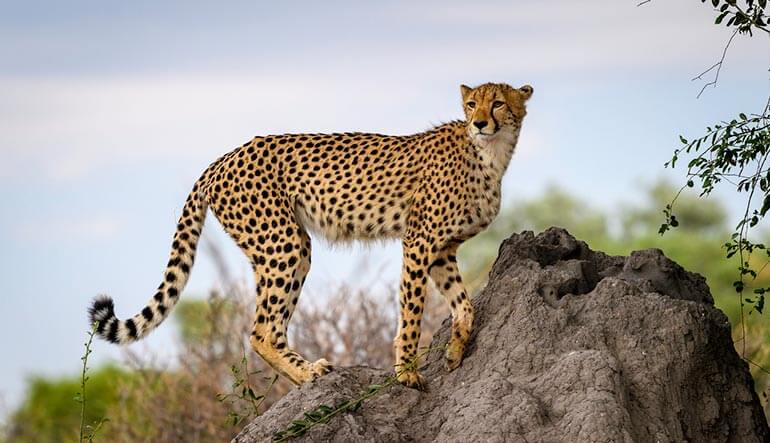
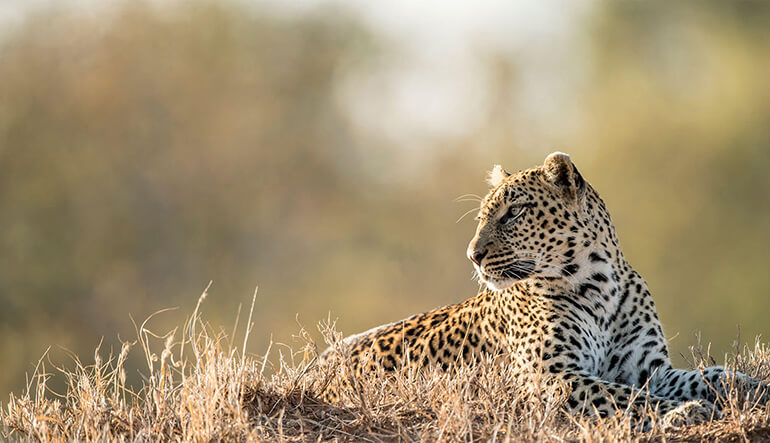

Why do people like African Leopards as their favorite animals?
They’re really beautiful animals. Also, they’re very shy and somewhat anti-social, more of a ‘loner’ animal, so they’re often difficult to see during a safari. This makes leopard sightings extra special.
Because there beautiful, scary,strong,just a amazing animal